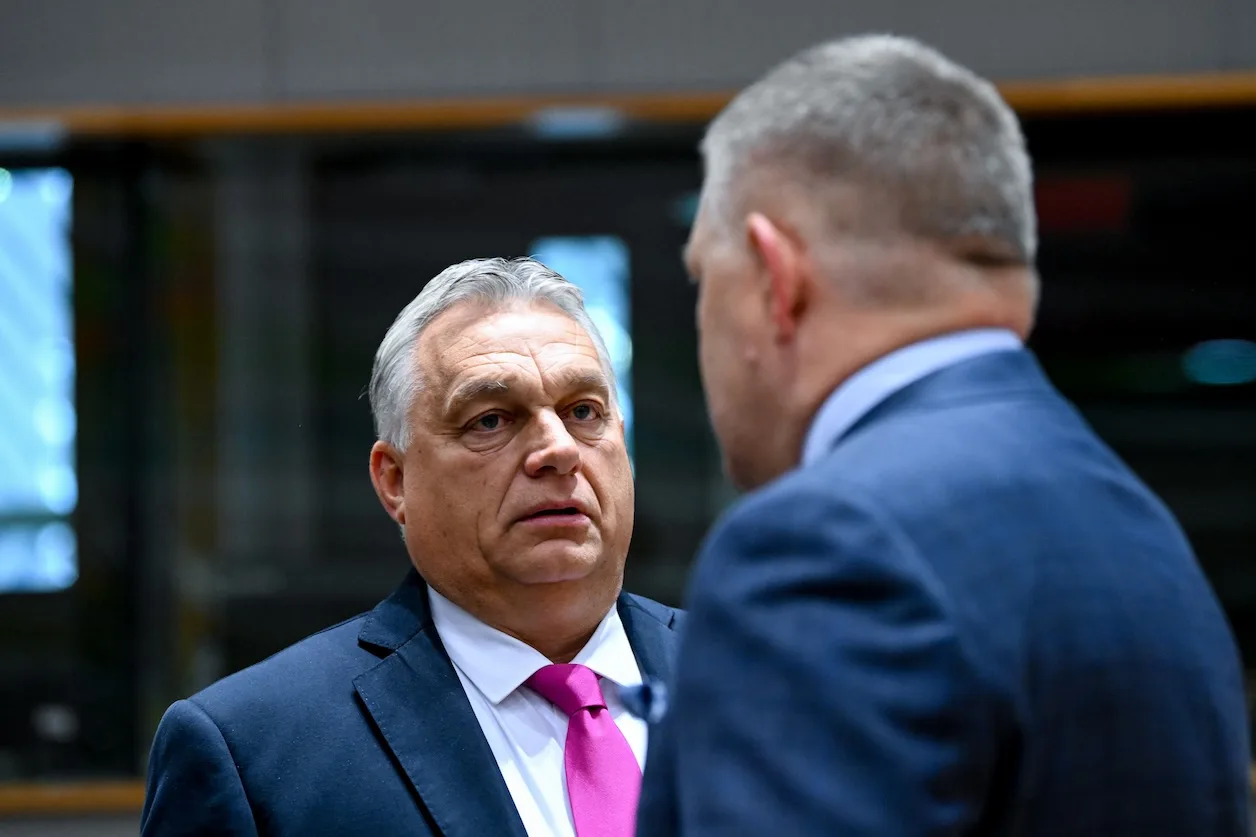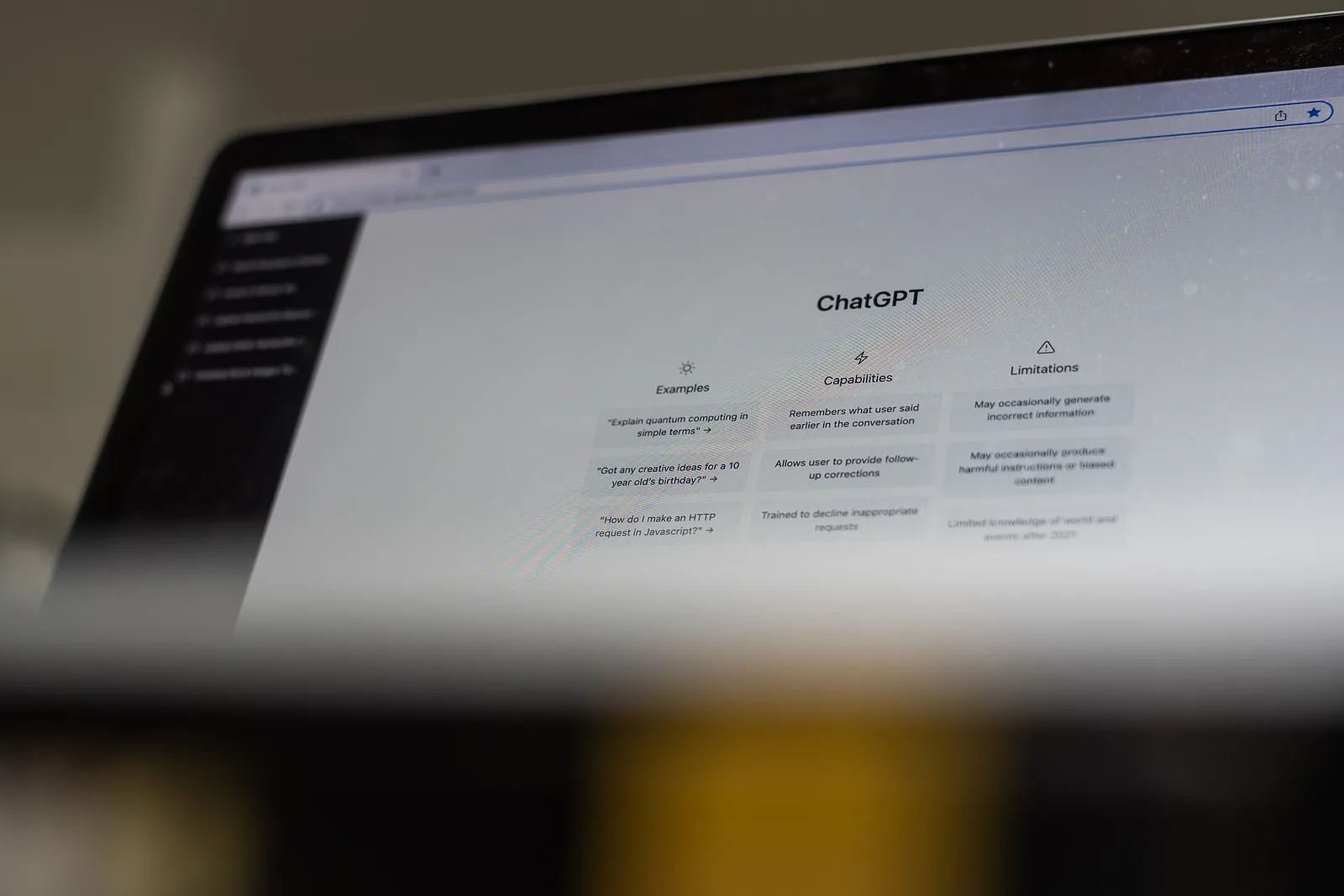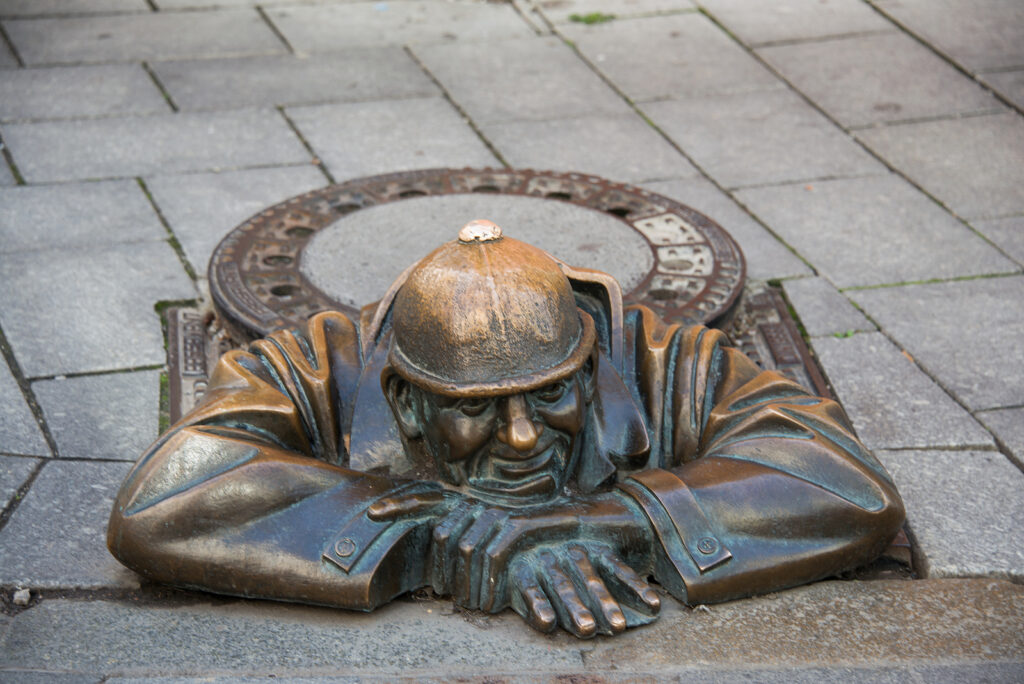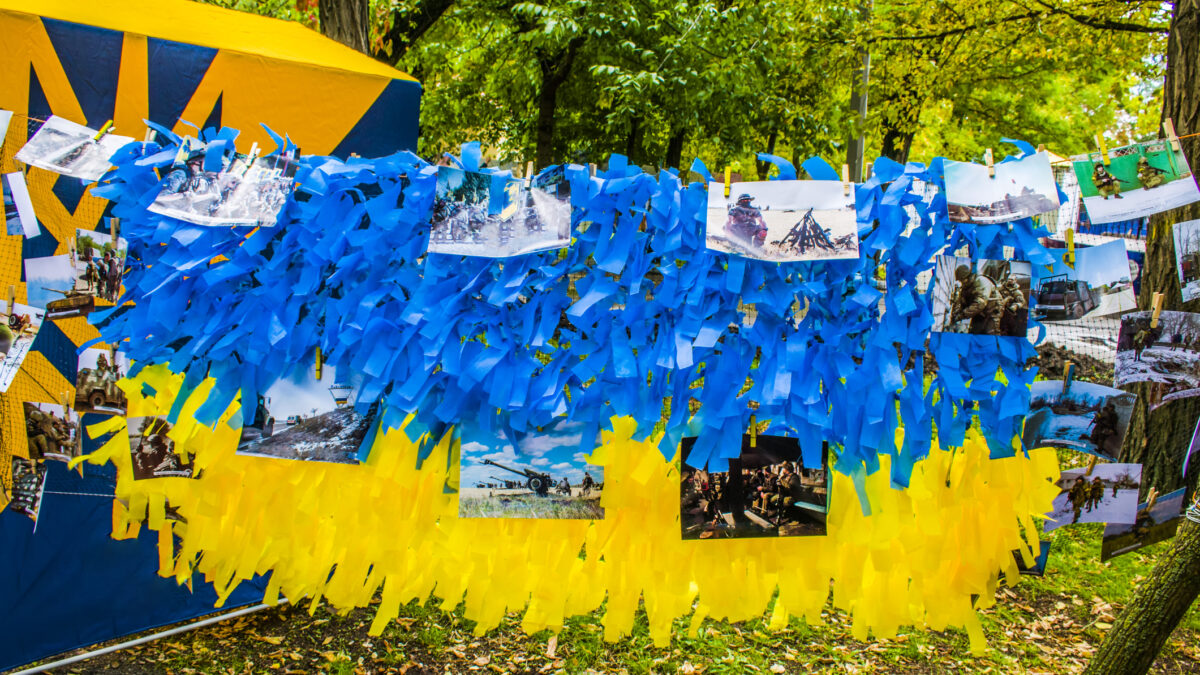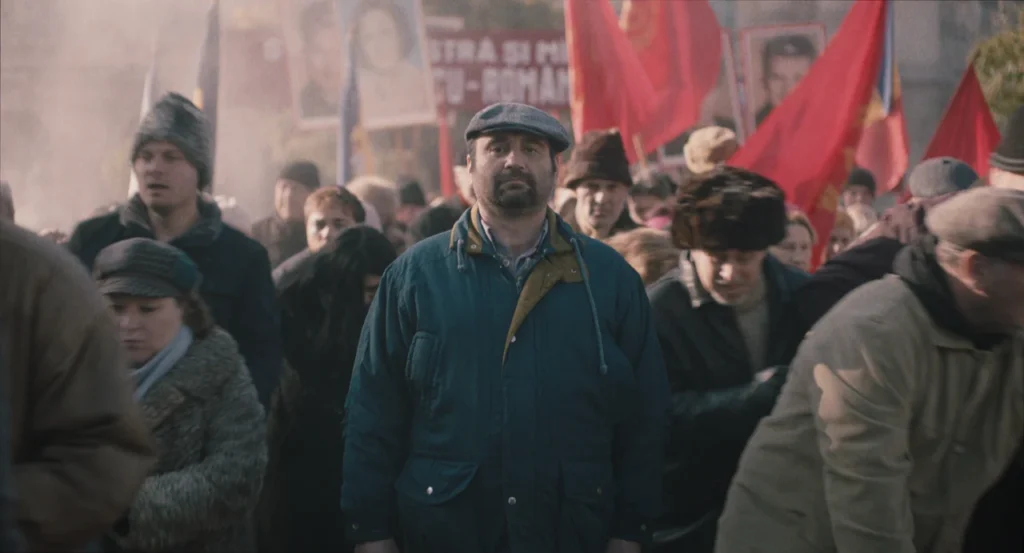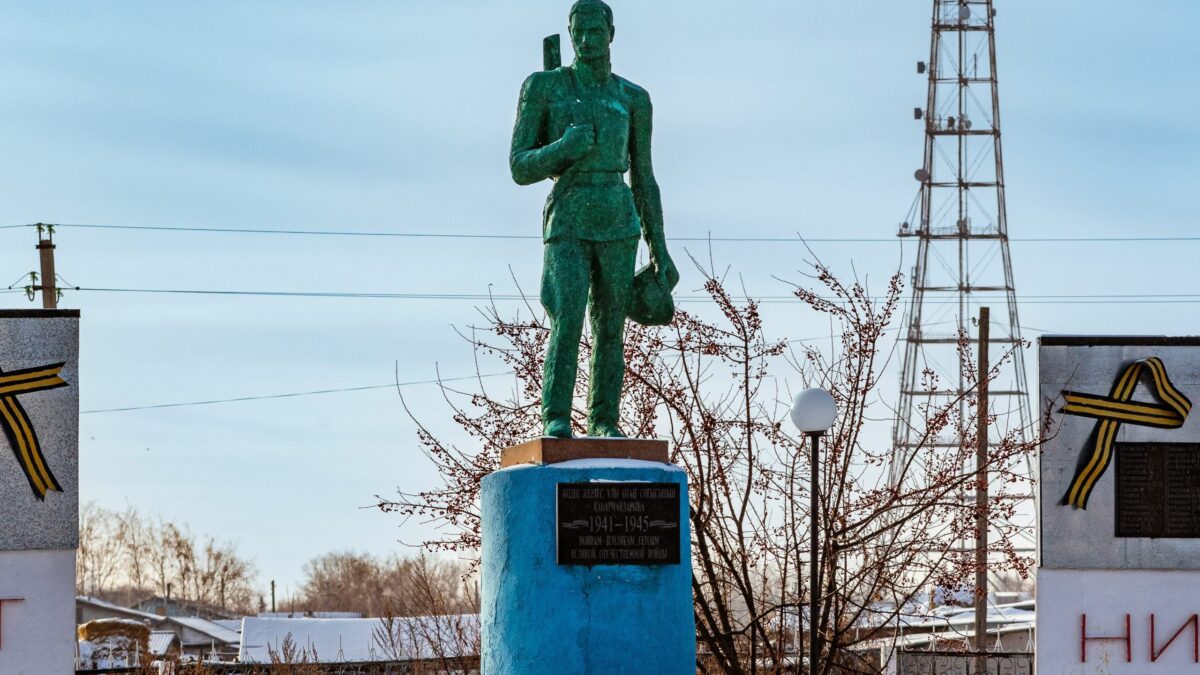Czechoslovakia, founded in the aftermath of World War I, died a peaceful death on December 31, 1992, when its constituent parts, Czechia and Slovakia, separated into two independent countries. More than three decades since what was dubbed the Velvet Divorce, the country nevertheless remains the subject of deep historical importance, reflected by the wealth of exceptional literature and analysis it inspires.
In the latest of our Five Essential Reads series, we have selected five books—which range from intimate memoirs and personal reflections to sweeping historical accounts and literary masterpieces—that together offer a thorough overview of a country that for nearly a century was the soul of Central Europe, the setting for some of the 20th century’s most pivotal events.
Czechoslovakia: The State That Failed, by Mary Heimann
This meticulously researched book offers a comprehensive history of Czechoslovakia from its inception in 1918 to its dissolution in 1992. Heimann, a historian, challenges many of the traditional narratives and myths surrounding the creation and development of Czechoslovakia, providing a critical look at the country’s leaders and their policies. The book also covers the Holocaust’s impact on the region, the Communist era, and the Velvet Revolution, and is a superb resource for understanding the broader historical context of the Czech and Slovak experience.
The Unbearable Lightness of Being, by Milan Kundera
This modern classic, set against the backdrop of the 1968 Prague Spring, delves into the lives of four individuals whose fates become intertwined during this period of political upheaval. Kundera’s masterful narrative weaves philosophy, love, and politics into a poignant exploration of personal freedom and the weight of history. The novel’s vivid portrayal of the era captures the essence of Czechoslovakian society’s struggle against oppressive forces, making it an essential read for those seeking to understand the country’s complex past.
Prague Winter: A Personal Story of Remembrance and War, 1937–1948, by Madeleine Albright
In this deeply personal memoir, former US Secretary of State Madeleine Albright reflects on her formative years in Czechoslovakia during the tumultuous Nazi occupation and World War II. Albright’s narrative is both an intimate family history and a broader examination of a nation at a crossroads. Her insights into the political and social dynamics of the era, combined with her own journey of discovery regarding her family’s Jewish heritage, offer a compelling and humanising perspective on the region’s history.

The Twelve Little Cakes, by Dominika Dery
Dominika Dery’s book, another memoir, offers a charming and often humorous look at her childhood in communist Czechoslovakia. Through the eyes of a young girl, readers are treated to the quirks and contradictions of daily life under a regime that is both oppressive and absurd. Dery’s vivid anecdotes about family life, school, and the community provide a colorful and endearing portrait of a bygone era. The book is a celebration of the human capacity for joy and creativity, even in the most trying of circumstances.
Under a Cruel Star: A Life in Prague, 1941–1968, by Heda Margolius Kovály
Heda Margolius Kovály’s harrowing memoir recounts her survival of the Nazi concentration camps and her life under the subsequent Communist regime in Czechoslovakia. Kovály’s unflinching account of her experiences, including the political persecution of her husband during the Stalinist purges, provides a stark and powerful testament to the resilience of the human spirit. Her vivid storytelling brings to life the streets of Prague and the challenges faced by those who lived through these dark chapters of history.
